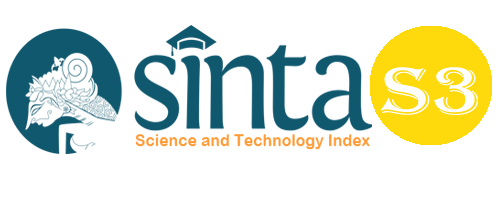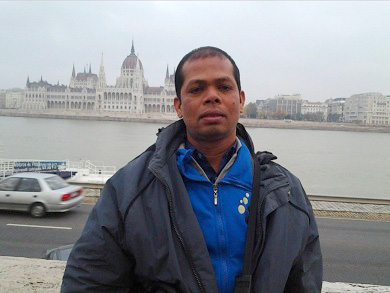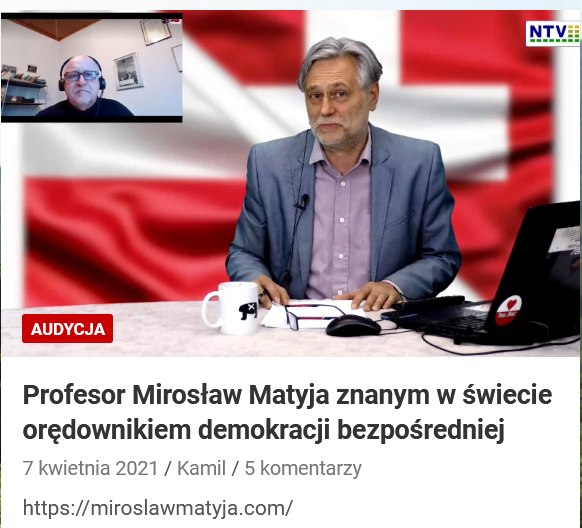Critical Discourse Analysis of Vladimir Putin's Political Speech (2018)
Abstract
This research aims to find out the out the language choice, the ideology, and the power of Putin in delivering his speech. The researcher used documentation to collect the data. The data of this research was all the utterances of the speech of Putin in 2018. The method used in this research was Critical Discourse Analysis by Norman Fairclough. The result of this research found that Putin used ‘colleague” to greet his audiences and to make his audiences feel that they are in the same position. The other result was Putin used an ideology that puts the people first concern. The power relationship is also found in this research. It can be seen that Putin mentioned that all achievement was not only his effort but there was the hard work of all parties. It can be concluded that Critical Discourse Analysis can be used as a method to identify the language.
Keywords
Full Text:
PDFReferences
Adams, K. R. (2004). Attack and Conquer? International Anarchy and the Offense- Defense-Deterrence Balance. International Security.
Akinwamide, T.K. (2018). Bridging Across Language Divide for Growth and Peaceful Coexistence: A Panacea for Economic Recession in a Multilingual Nigeria. Budapest International Research and Critics Institute-Journal (BIRCI-Journal) Vol I (3): 01-06.
Amrizal, D., Yusriati, and Lubis, H. (2018). The Role of General Election Commission (KPU) in Increasing Voters’ Participation in Langkat, Medan, Indonesia. Budapest International Research and Critics Institute-Journal (BIRCI-Journal) Vol I (2): 13-24.
Bulan Arif, Kasman. 2018. Critical Discourse Analysis of Ahok’s Speech in Kepulauan Seribu. Jurnal Bahasa, Sastra dan Pengajarannya.
Carreron, J. R. & Svetanant, C. (2017). What Lies What Lies Underneath a Political Speech? Critical Discourse Analysis of Thai PM’s Political Speeches Aired on the TV Program Returning Happiness to the People. Open Linguistics. 3 (1). Hal: 638–655.
Fairclough, Norman. 1995. Critical Discourse Analysis. New York: Addison Wesley Longman.
Hashim, S. S. M. (2015). Speech Act in Selected Political Speeches. International Journal of Humanities and Cultural Studies. 2 (3). Hal: 396-406.
Jorgensen, M.W. & Louise J Phillips. 2002. Discourse Analysis as Theory and Method. London: Sage Publication
Kauppi. 2013. International Relations and World Politics. New Jersey: Pearson.
Rahman Andhita, Sofi Yunianti. 2017. Critical Discourse Analysis In Donald Trump Presidential Campaign To Win American’s. Surabaya: Universitas Muhammadiyah Surabaya.
Leech, G. (1983) Principle of Pragmatics. Terjemahan ke dalam Bahasa Indonesia dilakukan oleh M. D. D. Oka. 1993. Prinsip-prinsip Pragmatik. Jakarta: UI Press: London: Longman.
Mohasin, M. (2021). A Critical Discourse Analysis Of A Political Talk Show On The 2019 Indonesian Presidential Election. Jurnal Tadris Bahasa Inggris. Hal: 206-237.
Moleong, Lexy J. 2018. Metodologi Penelitian Kualitatif. Bandung: PT Remaja Rodaskarya
Murthy, D. Madhavi Latha. 2014. A Study on Aristotle’s Rhetoric. Research Journal of English Language and Literature (RJELAL) Vol. 2. Issue. 4. KY Publications.
Piver. S (2017). The Future of U.S.-Russia Nuclear Arms Control. Conference proceedings of American Institute of Physics. https://doi.org/10.1063/1.5009206.
P. R. Viotti & M. V. Kauppi. 2013. International Relations and World Politics. New Jersey: Pearson.
Ramlan. (2018). Language Standardization in General Point of View. Budapest International Research and Critics Institute-Journal (BIRCI-Journal) Vol I (2): 27-33.
Ramlan. (2018). Some Steps for Language Maintenance in the Society and Individual. Budapest International Research and Critics Institute-Journal (BIRCI-Journal) Vol I (2): 62-71.
Siregar, H., and Nur, S.H. (2020). Community Acceptance of Children with Disabilities in Medan City. Budapest International Research and Critics Institute-Journal (BIRCI-Journal) Vol 3 (4): 3831-3844.
Syahrin, A. (2018). Culture Repertoire in Expressive Written Language : Study of Hypothesis of Edward Sapir and Benyamin Lee Whorf. Budapest International Research and Critics in Linguistics and Education (BirLE) Journal, 1(1), 23–28. https://doi.org/10.33258/birle.v1i1.80
DOI: https://doi.org/10.33258/birci.v5i3.6013
Article Metrics
Abstract view : 128 timesPDF - 269 times
Refbacks
- There are currently no refbacks.

This work is licensed under a Creative Commons Attribution-ShareAlike 4.0 International License.

This work is licensed under a Creative Commons Attribution-ShareAlike 4.0 International License.

_.gif)

















_.gif)



